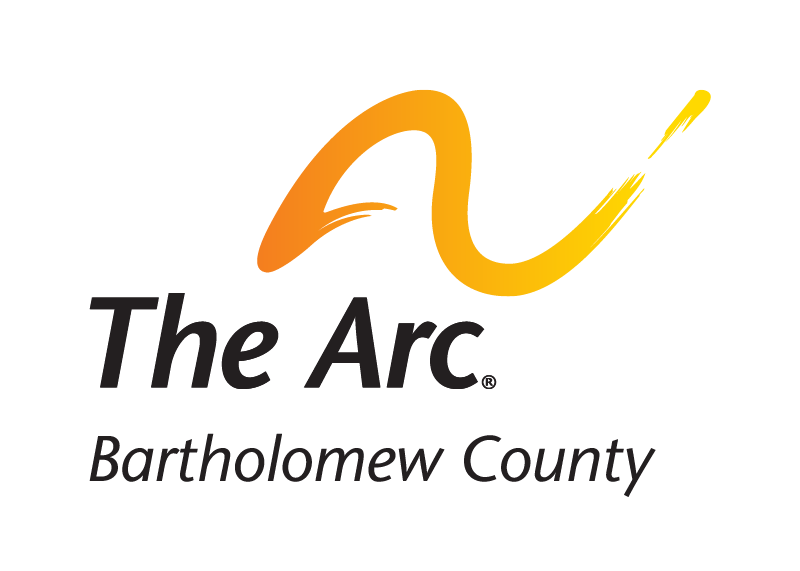Interacting With People Who Have Disabilities
Interacting with people who have disabilities can be intimidating at times. However, with a little bit of experience and information, you can find yourself in a more confident position to have meaningful interactions with people who have disabilities.
Here at The Arc, we are dedicated to empowering people who have disabilities so they can become full participants in our society. Here are some of the general rules that will help you better interact with people who have varying disabilities in a meaningful and respectful manner.
1. Remember they are people too.
People with disabilities are human beings just like the rest of us. They don't need to be treated differently or talked to in a "special" way, just treat them the way you would anyone else. You do not need to be intimidated or view it any differently than talking to someone who does not have disabilities, we are all human after all.
2. Remember to talk to the person with the disability.
Whenever interacting with a person with disabilities who also has an aide or caregiver, make sure to talk to the person with the disability, not just the caregiver. While this may seem like an obvious point, it is something that many people unconsciously fall into doing. This makes the person with the disability feel left out of their own affairs and decision-making.
Make sure that you talk to the person who has the disability as well--not just the caregiver or aide.
4. Do not bring up their disability needlessly, but do not be afraid to talk about it either.
It is a general good practice to not point out someone's disability needlessly, as that may make them feel uncomfortable or singled out. However, that does not mean that you should be afraid to mention it if it becomes of relevance or the person with the disability brings it up themselves.
The important thing to remember here is that they are people first, and while their disability may be a part of them, it does not define them.
There are a couple of different ways people approach talking about disabilities. First is person-first language. This is where you would say, “a person with disabilities” rather than, “a disabled person.” However, not everyone likes person-first language. Others may prefer to say, “I’m disabled,” rather than, “I am a person with disabilities.” Whenever interacting with a person with disabilities/ disabled person you should ask them which they prefer. However, as long as you aren’t using offensive language you should be alright.
Below is a table from the National Youth Leadership Network that illustrates some of the differences between respectful and outdated/ offensive language. The original document can be found here.
5. When in doubt, respect the human.
More than anything, the best thing you can do when interacting with a person who has disabilities is to treat them with kindness, dignity, and respect. There really is not much more to it than that, if you treat them with respect and kindness, they will do the same to you, just like everyone else.
These few steps should make it much easier for you to approach people who have disabilities. They will show you that there is nothing to fear or be nervous about. Now go and have an interaction with someone who has a disability, and maybe you will even make a new friend.

